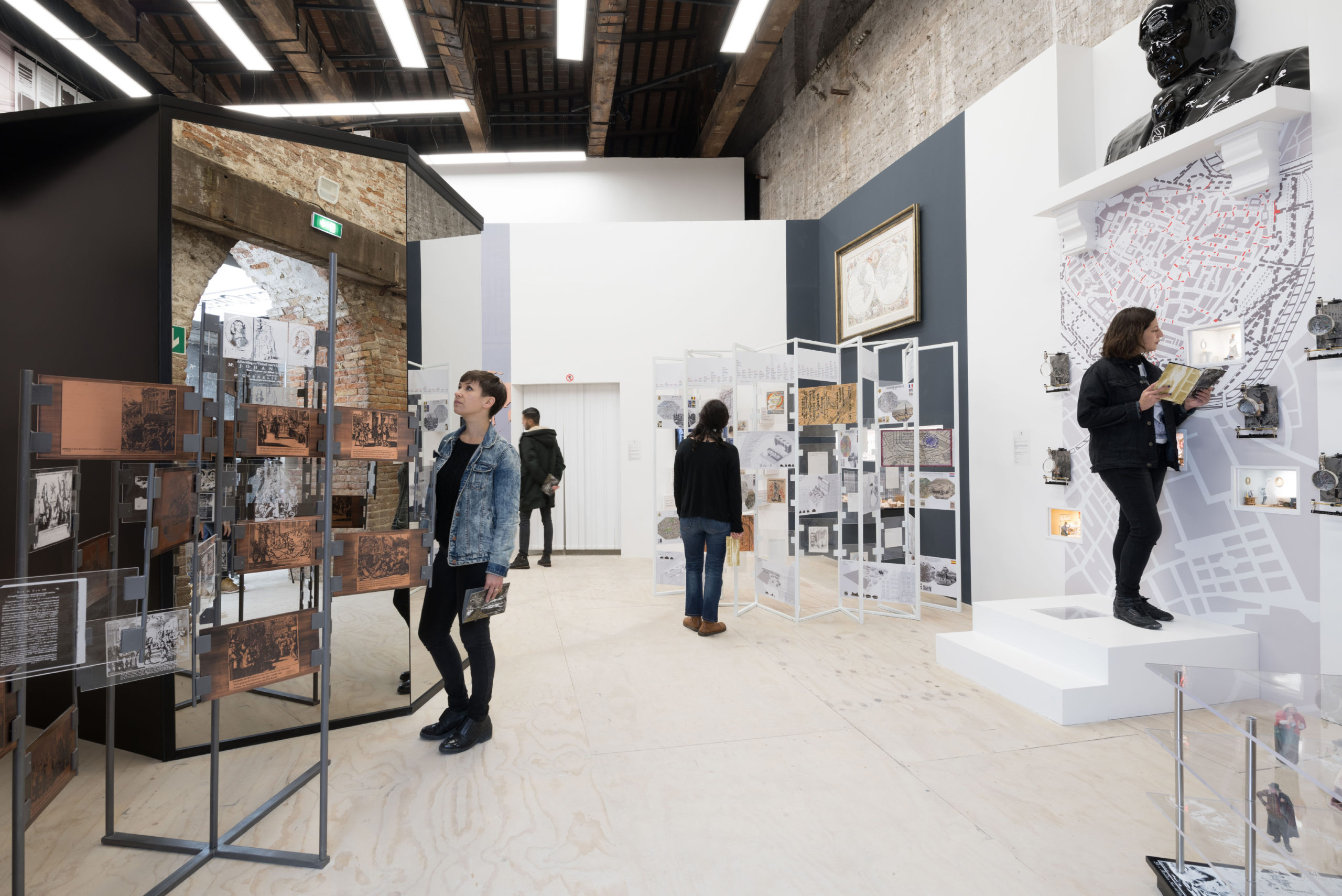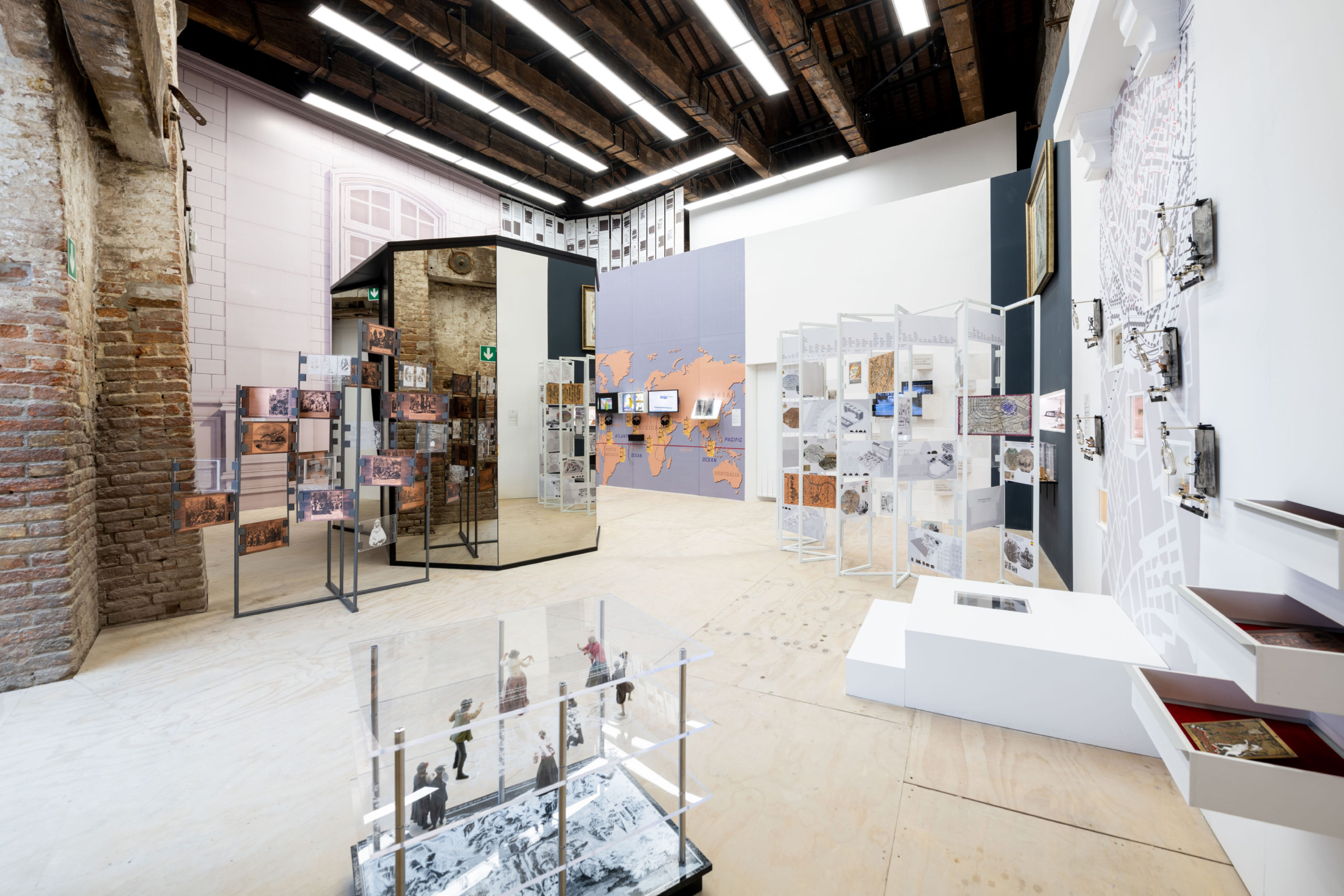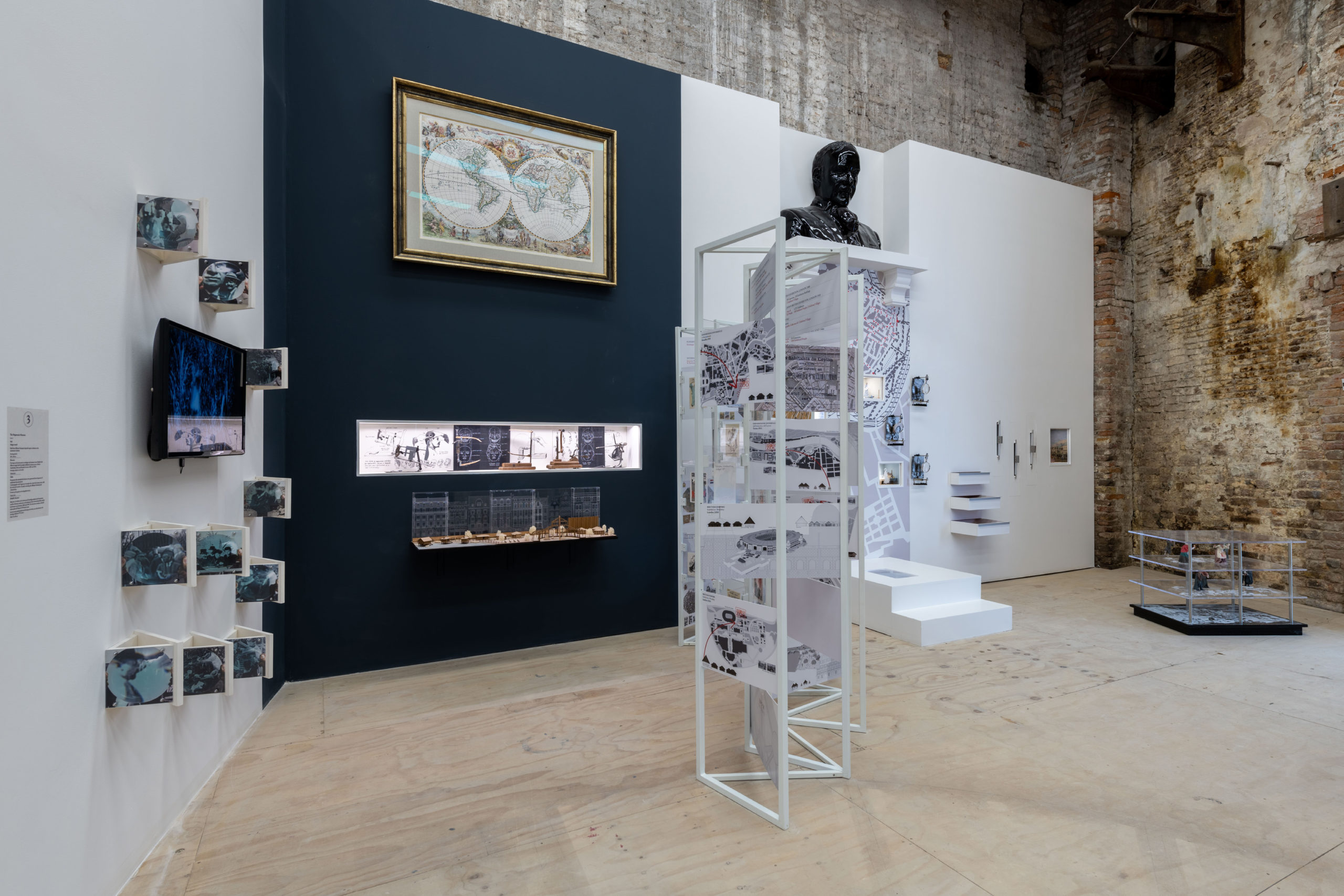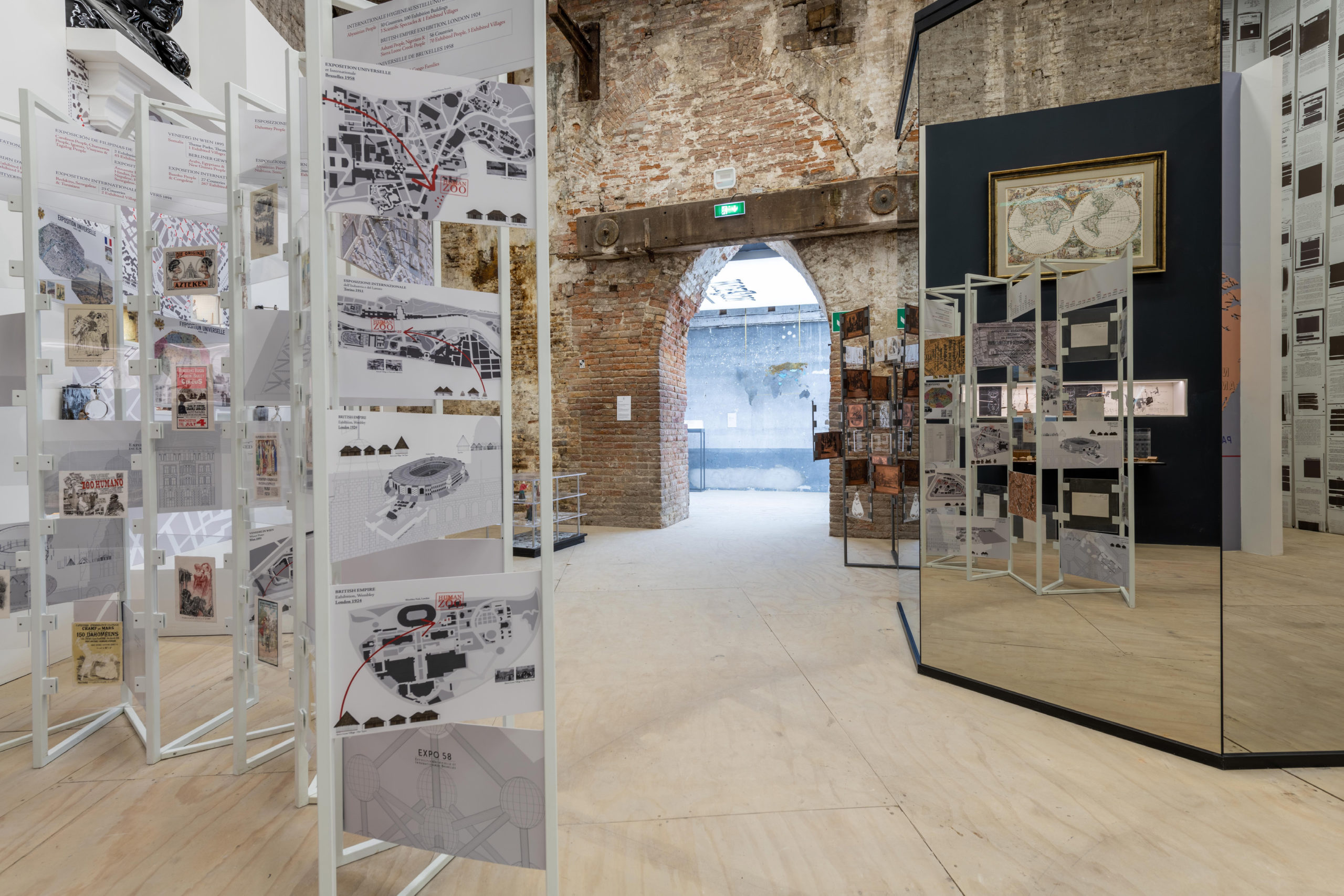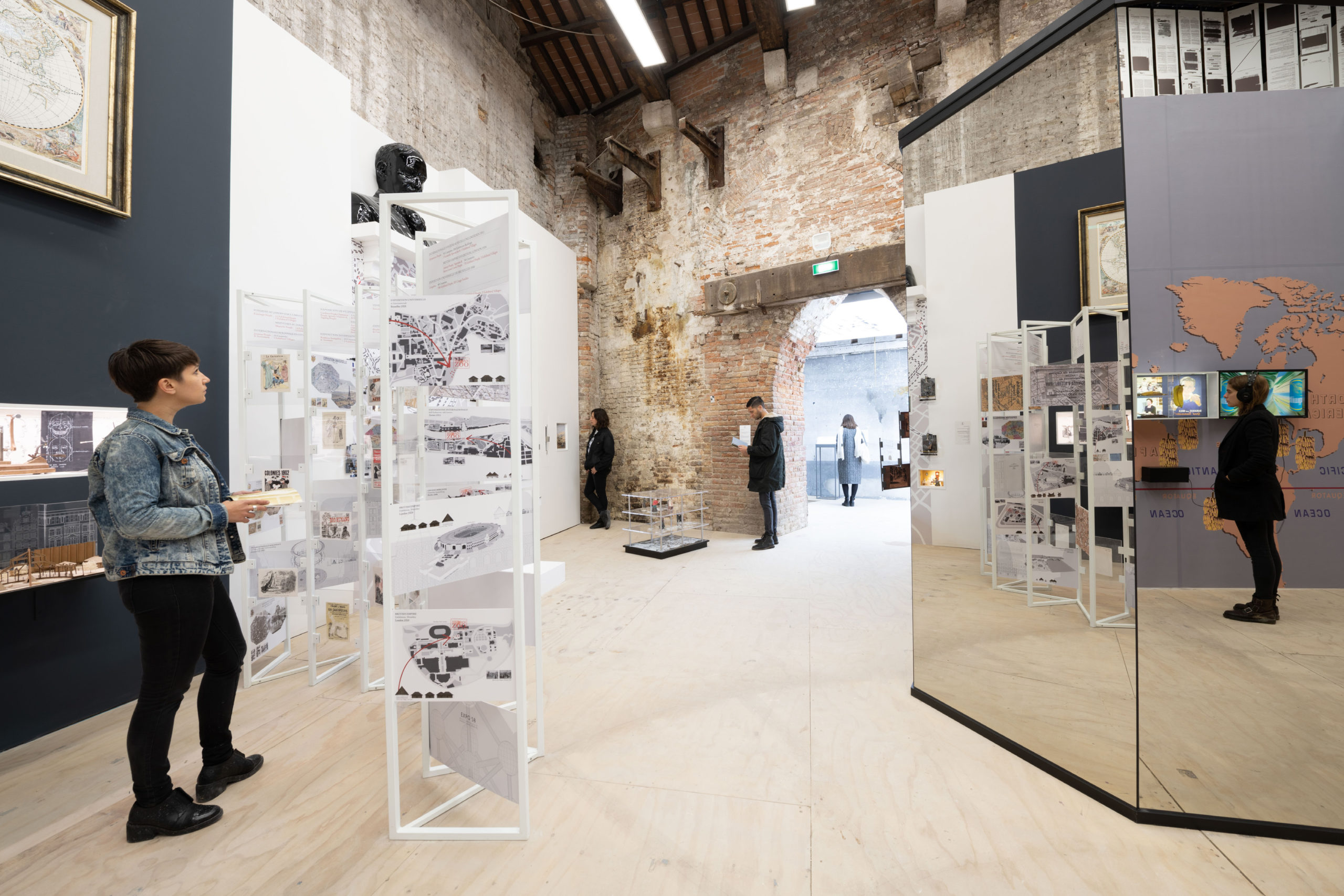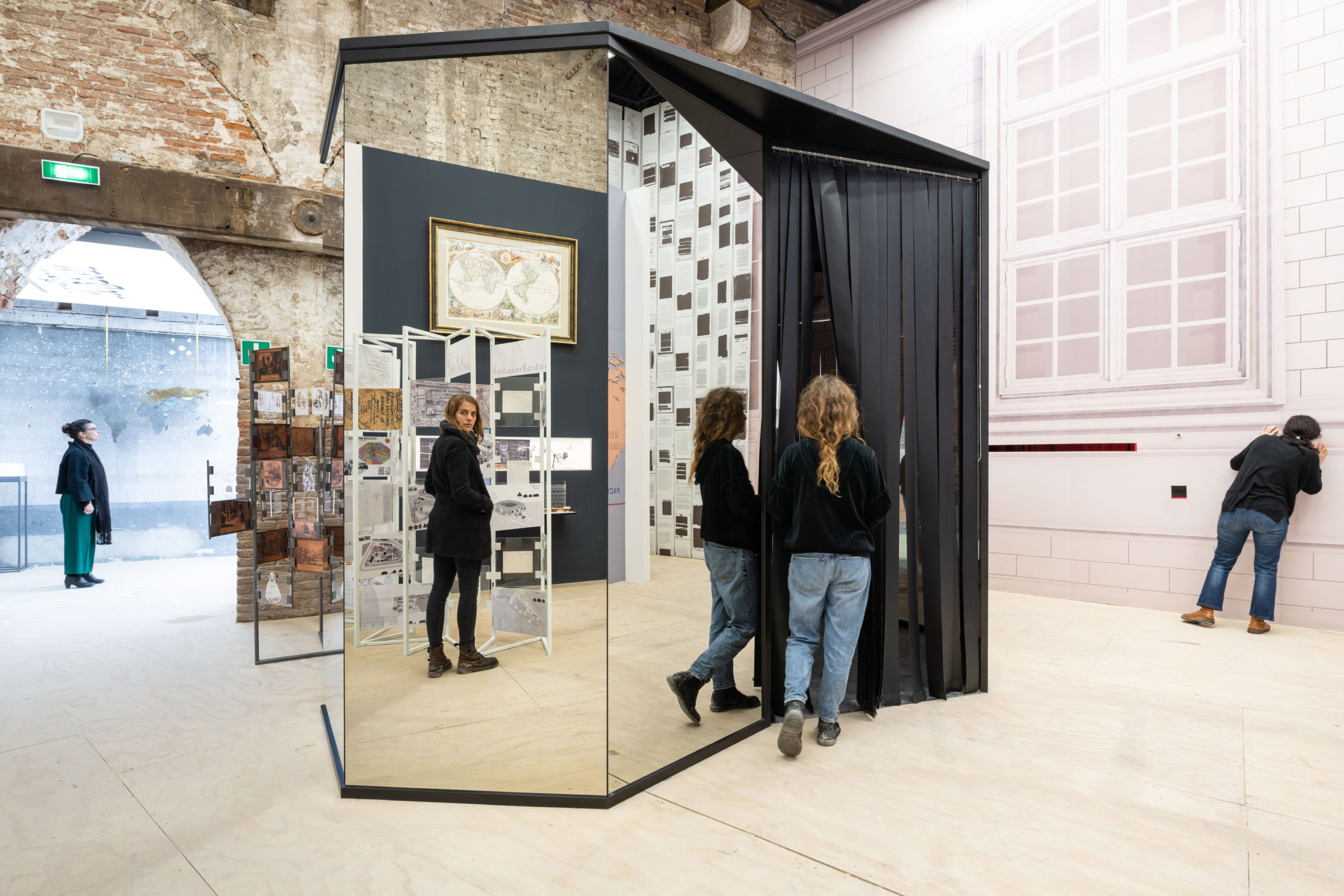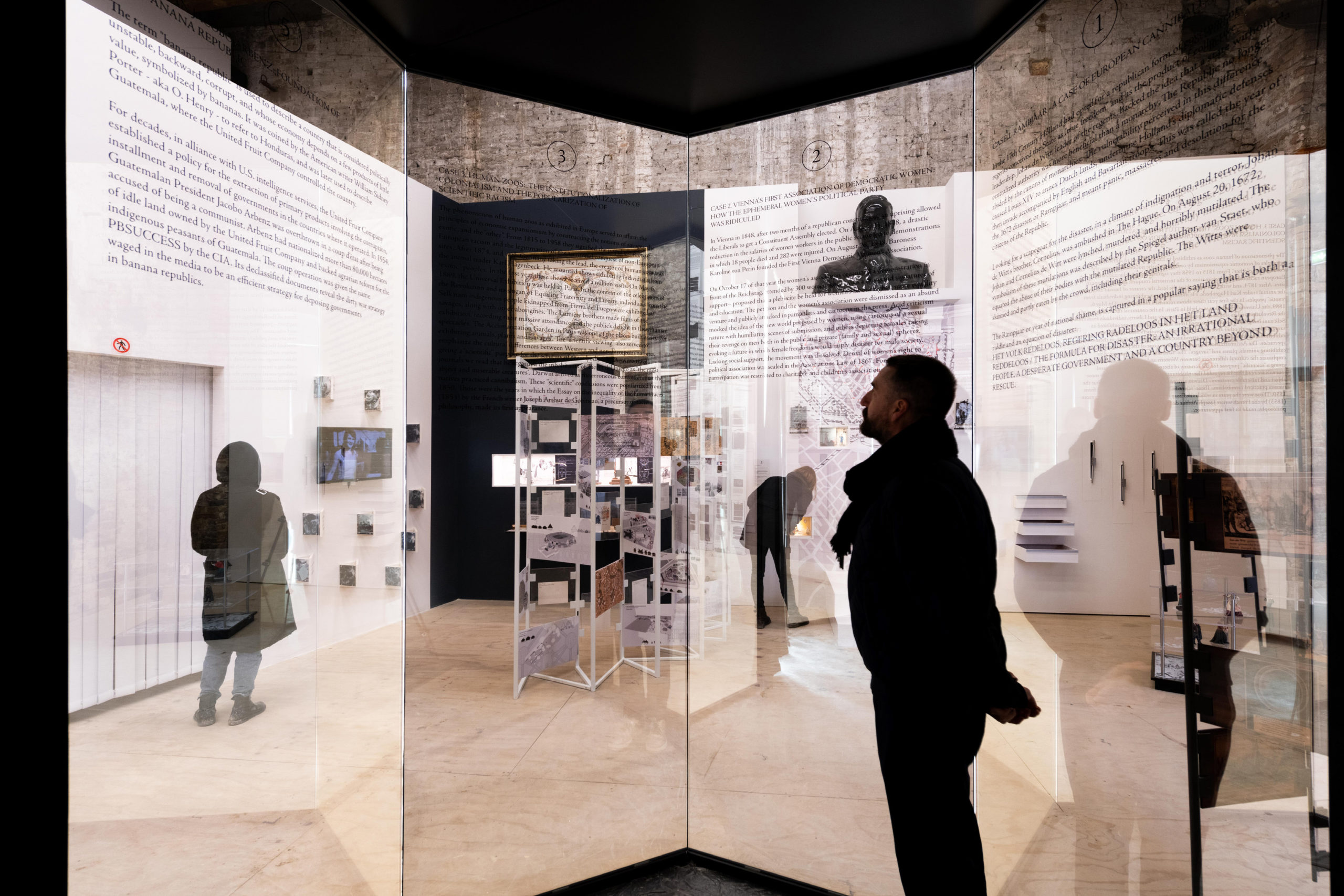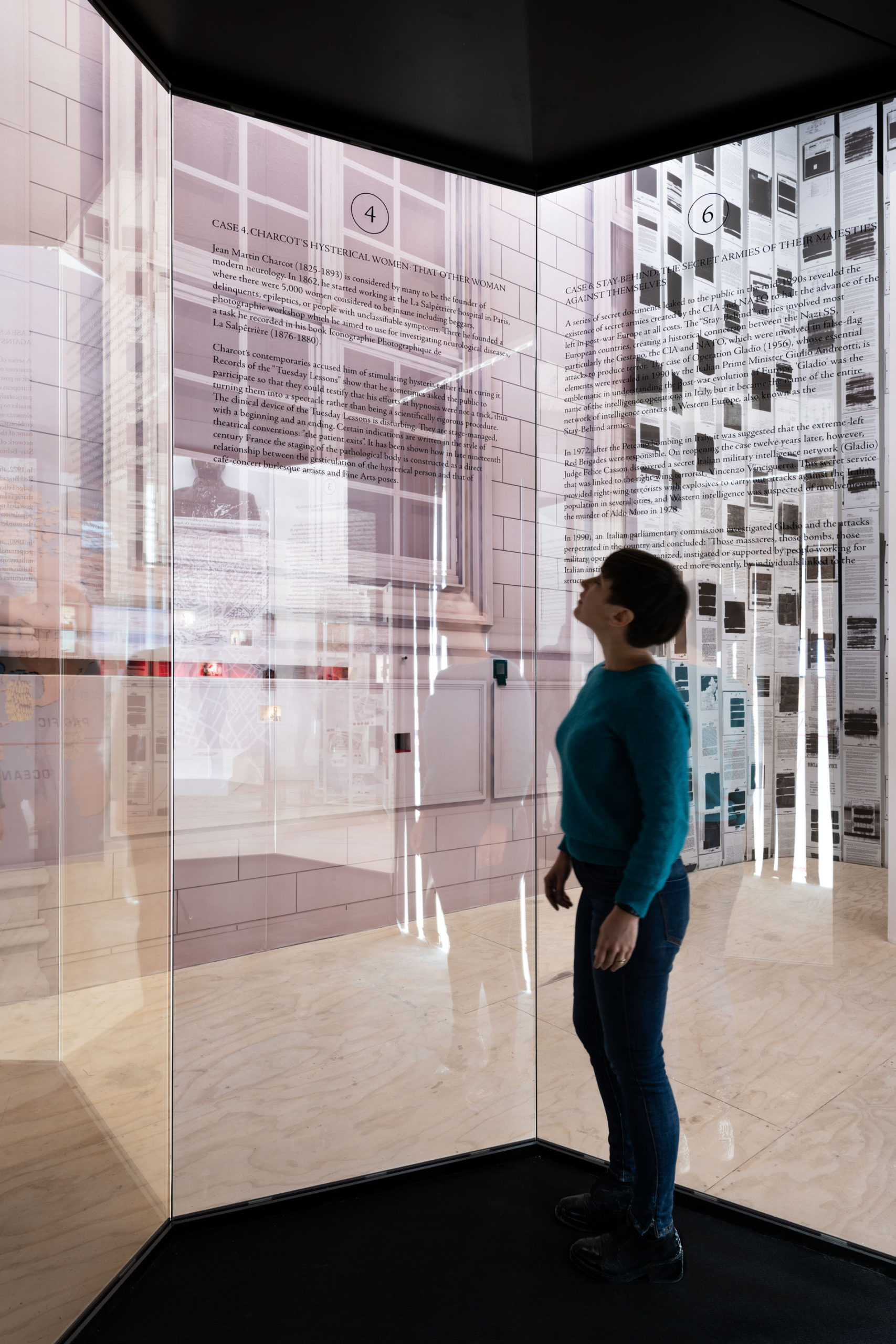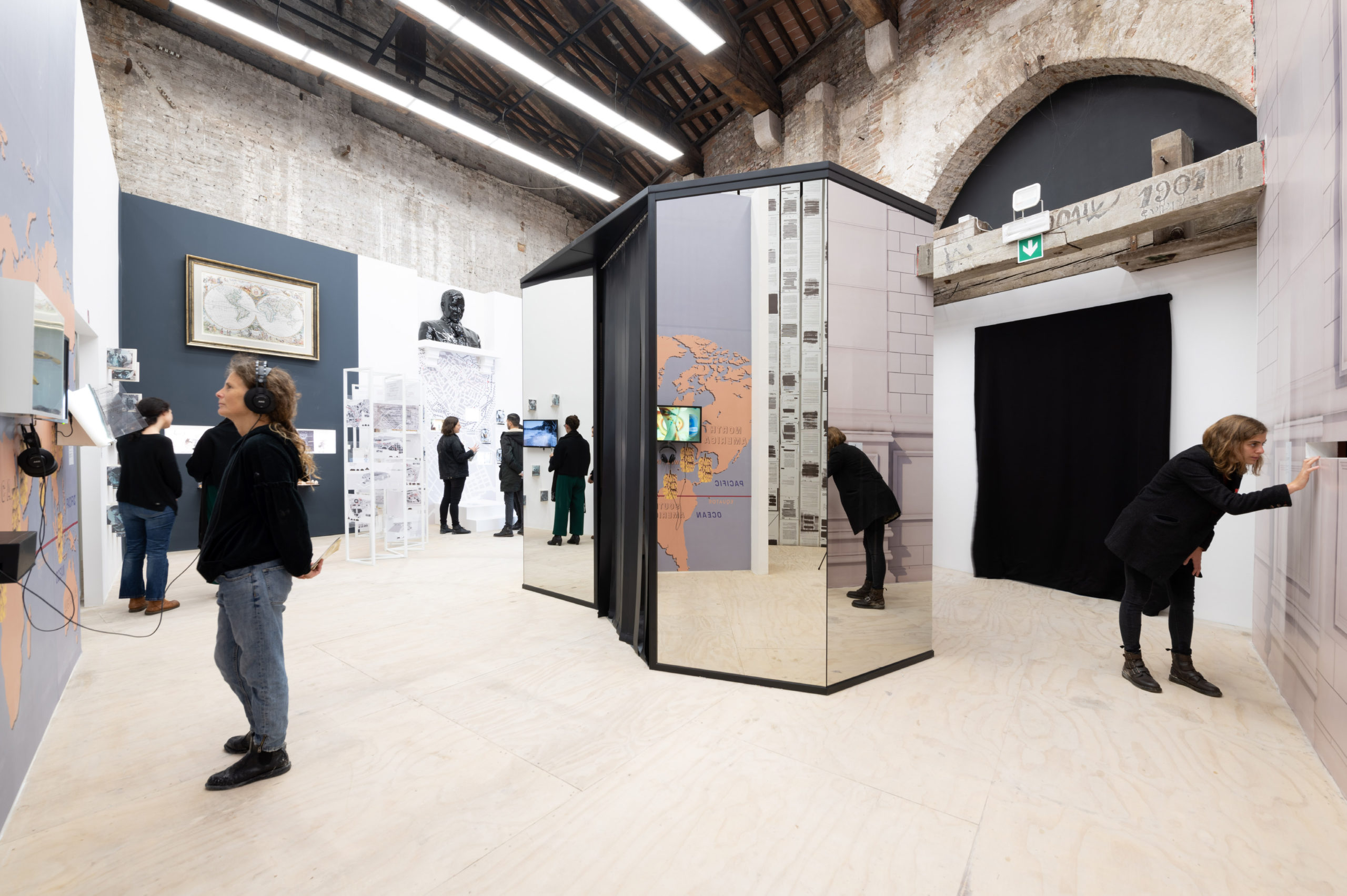I. The Hegemonic Museum
Presented for the 58th Venice Biennale, this research, analysis, and conservation space presents different case-studies of European hegemony from the 17th to the 20th century. A hegemony expressed in the domination that was inherent in a modernist, Eurocentric and colonial worldview, later to be transmitted and radiated to the rest of the hegemonic countries successively to this day.
The Museum presents this hegemony in six case studies of the European male, white, heterosexual, patriarchal, monarchical, culturally and economically “superior,” and present in the very concepts with which the colonies were coined and conceived. European ways of doing, looking and analyzing are submitted to the public for study, in order to understand how the hegemonic psyche developed a whole series of complex mechanisms of oppression that emerged in concepts like race and miscegenation, subaltern male subjects, cannibalism, imperialism, gender conceptions, civilization and barbarism, and the conflictive relations between monarchy and republic.
In order to materialize this journey across time and through the history of Western Europe, we will review six historical events and the symbolic representations they contain through documents, paintings, cartoons, documentaries, photographs, and others. The Hegemonic Museum will expose the counterpoints to the notions of civilization with which the European discourse, subsequently exported to the United States and other countries— including the colonies through some of their hegemonic elites—upheld the centralization of its expansionist power, based on concepts of race, barbarism, and colonialism.
In conceptual terms, the different temporalities of the events, as well as the various places where they occurred, aim to redefine the notion of civilization through taboos that are part of European and Christian culture. Timeless repressed contradictions are emphasized, such as the conflict over the subsistence of the monarchical system in the 21st century, the relations between Cold War and monarchy, the relations between contemporary capitalism and colonialism, the similarities of subalternity between race and gender.
The spectator can follow the cases, numbered from 1 to 6, chronologically. We invite you to see and study the complexity of the European hegemonic psyche and mirroring yourself; as Aníbal Quijano noted: the Eurocentric perspective of knowledge operates like a mirror that distorts what it reflects. That is to say, the image we find on that mirror is not entirely an illusion.
VIDEO OBRA
Human Zoo’s Visitors
Museo del Hombre Hegemónico
Caso 3: Los zoológicos humanos – La institucionalización del colonialismo y la popularización del racismo científico
VIDEO OBRA
Journey to Banana Land
Museo del Hombre Hegemónico
Caso 5: Juan Jacobo Árbenz: fundación de la República Bananera
VIDEO OBRA
Chiquita Banana
Museo del Hombre Hegemónico
Caso 5: Juan Jacobo Árbenz: fundación de la República Bananera
Exhibición:
Ciudad:
País:
Especificación:
- Hegemonic Museum Model
3D print - The Hegemonic Map
The map depicts the European colonial hegemony worldwide. Only 5 countries in the world have been free from European domination: Liberia, Thailand, Japan, North and South Korea.
Hand-carved steel, copper, and bronze
